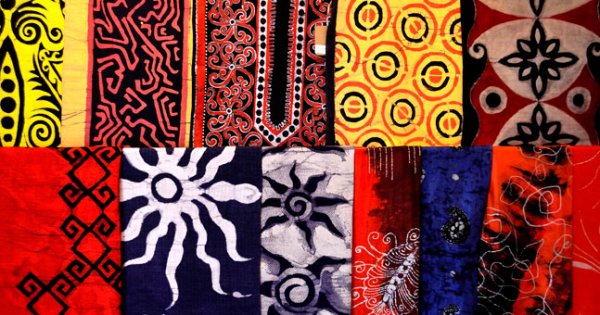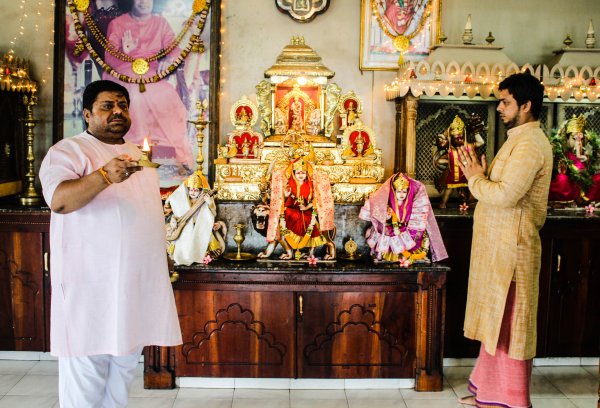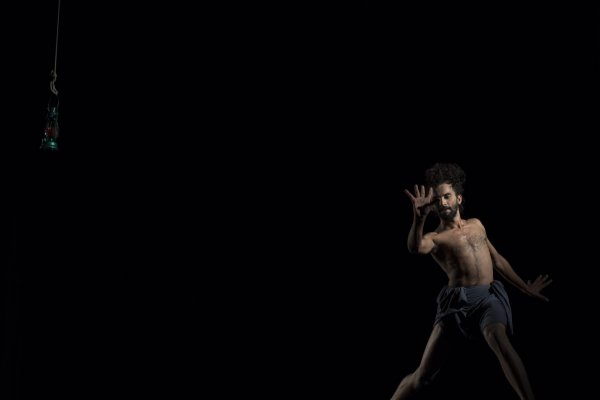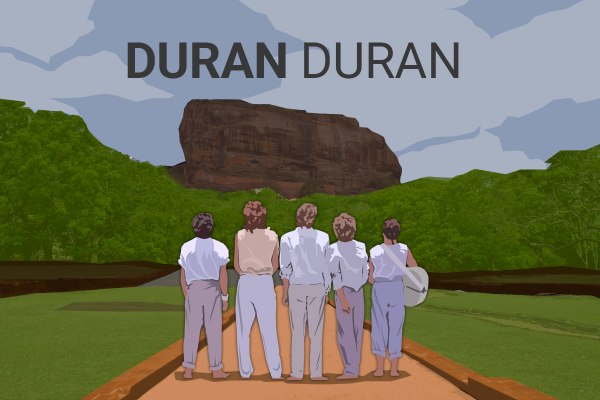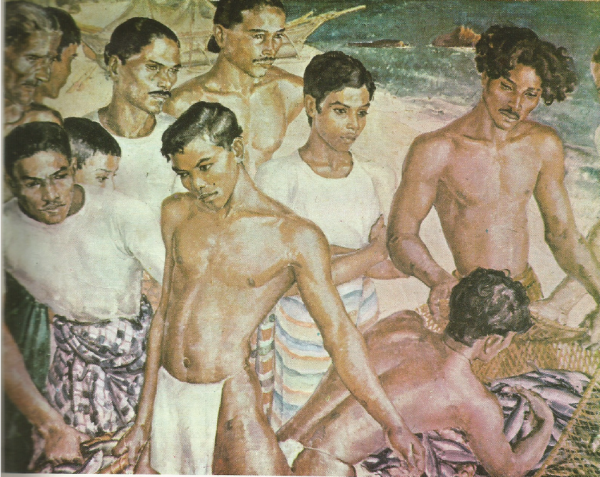
A brief and unreliable history of the glorious facial hair that’s shaped an island
The moustache is an integral part of a man’s identity. It’s also often a key part of a leader’s (be it a dubious dictator or your general genocidal maniac) cult of personality or Marxian personenkultus. Interestingly, Marx also sported a fabulous field of facial follicles (both Karl and Groucho).
In comparison to its Northern neighbor, Sri Lanka’s general lack of facial hair is interesting – and telling. For a few centuries, the moustache was the icon of the noblesse in the West. To grow one was to display wealth, discretion, and class. Then, somewhere around WWII, this changed and the smooth shave slid into vogue. The island’s pursuance of its former colonial masters’ follicular fashion diktats has evolved along with Western tastes, in some ways making Lanka a tardy style microcosm of the West.
This means that it’s fairly rare to see your average upper middle class or affluent bloke sporting a ‘stache. Unless it’s ironic or lumbersexual. With the likes of Dali and Kahlo as inspiration, Colombo’s art circles have also whole heartedly embraced the moustache.
In conversation with the league of bewhiskered gentlemen
Hipsters notwithstanding, you still have the entirety of the men that make Colombo tick – your valiant workers, labourers, and shop keepers. For example, a waltz through the Colpetty or Pettah markets is a joyous occasion for any individual who enjoys a man’s face with a sizeable side of fur. In brief conversation with the incredibly industrious chaps who work there, I managed to unearth a trio of interesting facts (atrifacta!)
More ‘stache, more cash: My tuk tuk driver claimed that people always trust a man with a moustache. I guess this must be true, given the fact that India pays its policemen extra for sporting one, and Sri Lanka uses them for particularly tricky situations. The very sight of this musto bristling in the wind is sufficient to make the heart of your average criminal mastermind quail.
A glorious moustache may belie a bashful bloke: My vegetable seller, Raja (see below), blushed hotly behind his quivering whiskers when asked why he grew it. All he could stammer out was “I like it”, before his barefaced and evident wild card of a colleague chimed in saying “Madam I also have one but I left it at home!”
Hirsute is heritage: As much of a fixture as the Green Cabin Pagoda Room itself, Stanley is a Chatham Street stalwart. He’s been working there for close to two decades, and makes an incredibly potent coffee. He was kind enough to chat with me over my lamprais, and explained that all the men in his family have had moustaches, so he never really considered the alternative.
Man, myth, legend.
After all, what is a mustache if not a symbolic objet d’art of a boy’s transition into manhood? Gone are the school shorts, tennis balls and peach fuzz. Your red blooded South Asian man sports trousers, plays cricket with a leather ball at the risk of concussions, and is the proud owner of a marvelous home grown moustache. A moustache takes testosterone, commitment, sheer willpower, and functioning follicles – everything a man should traditionally possess.
The Story of Lanka, loosely based in myth, features Ravana as one of the key characters so we can safely assume that moustaches have been around since Sri Lanka’s early days.
 Here he is leering at ladies, in true Lankan street tradition. Wonder if he called Sita “nangi”? – Image Source, Nina Paley
Here he is leering at ladies, in true Lankan street tradition. Wonder if he called Sita “nangi”? – Image Source, Nina Paley
Skip forward 12 centuries, and we can still see examples of King Parakrama Bahu’s rather luscious beard and pot belly (one kaludodol too many methinks) in the famous Polonnaruwa statue. Skip forward a couple more centuries and Bahu is followed by an illustrious history of Kandyan kings and their ironically imperial extended mustaches.
Over the years, Tamil men seem to sport them quite a bit more in comparison to their Sinhala counterparts, possibly because of the strong influence of fabulous Tamil cinema superstars like demigod/universal sex symbol Rajnikanth.
If you prefer a bit of visual stimulation, check out this 2011 quirky Wes Anderson-esque video by the French Émilie Beaulieu-Guérette and Joannie Lafrenière. Despite its mysterious usage of Hindi music whilst depicting Lankans, the cinematography and interviews are an absolute delight.
At the end of the day, the moustache maketh the man.



